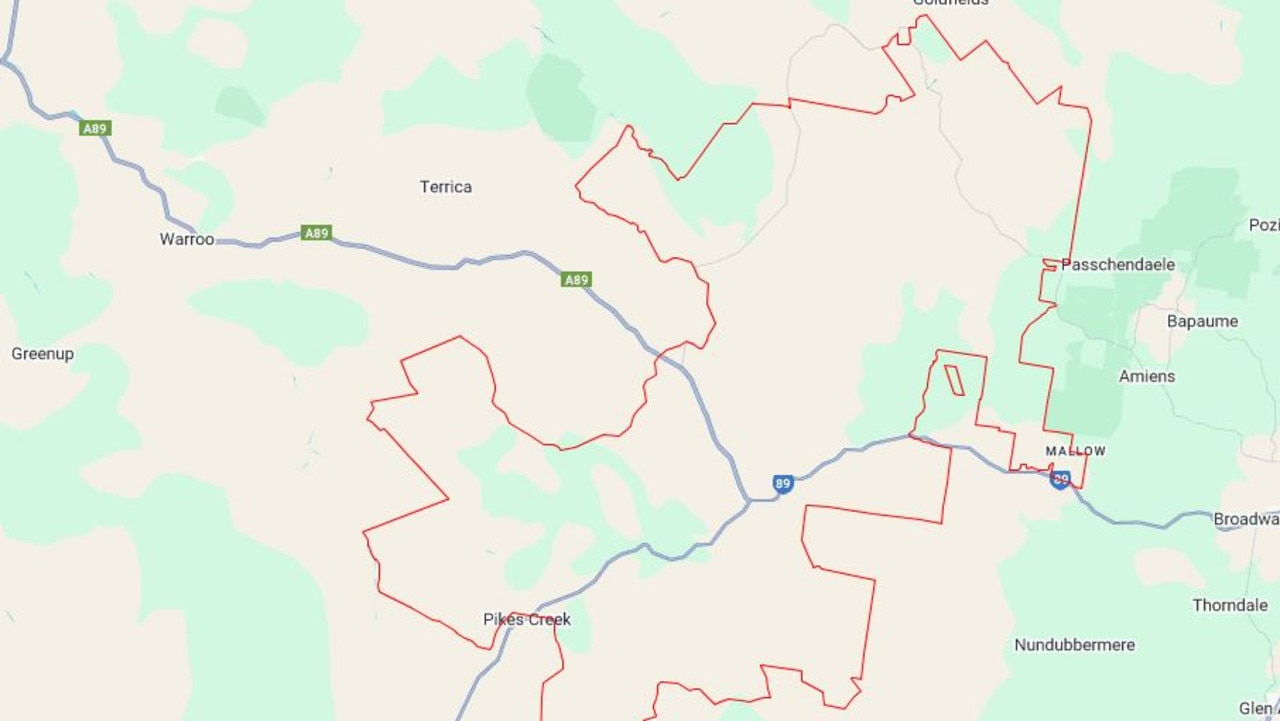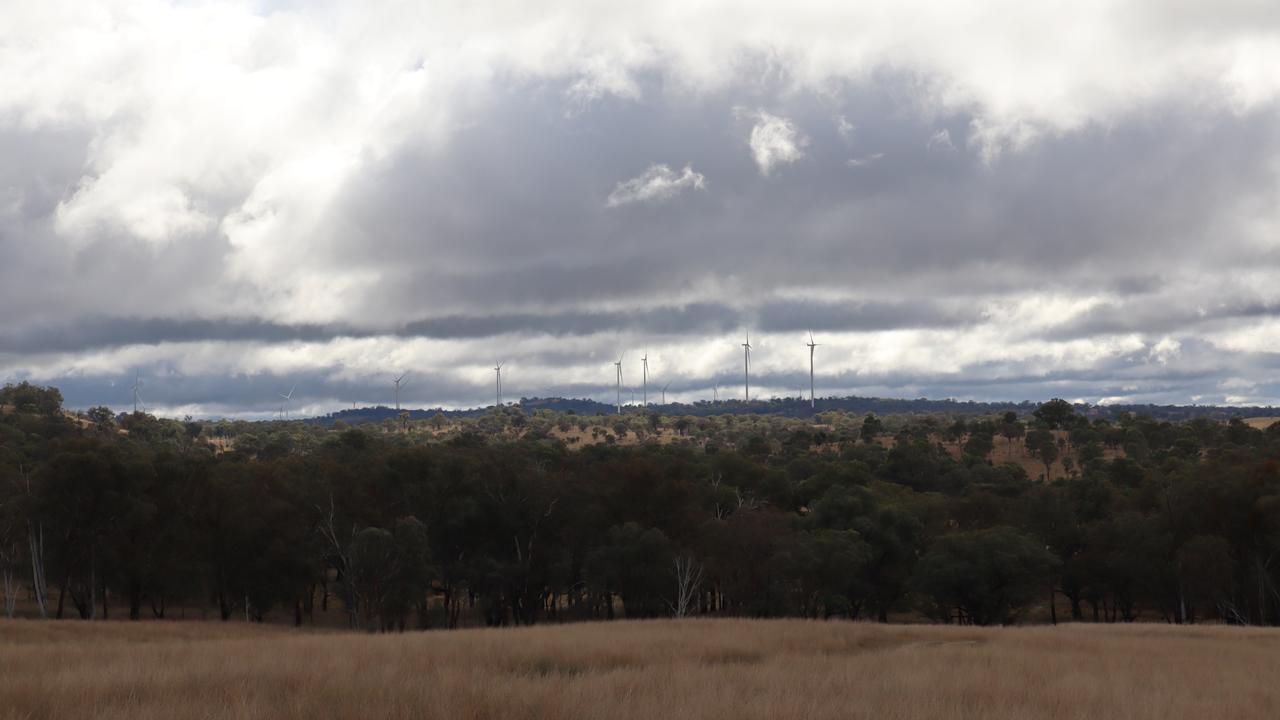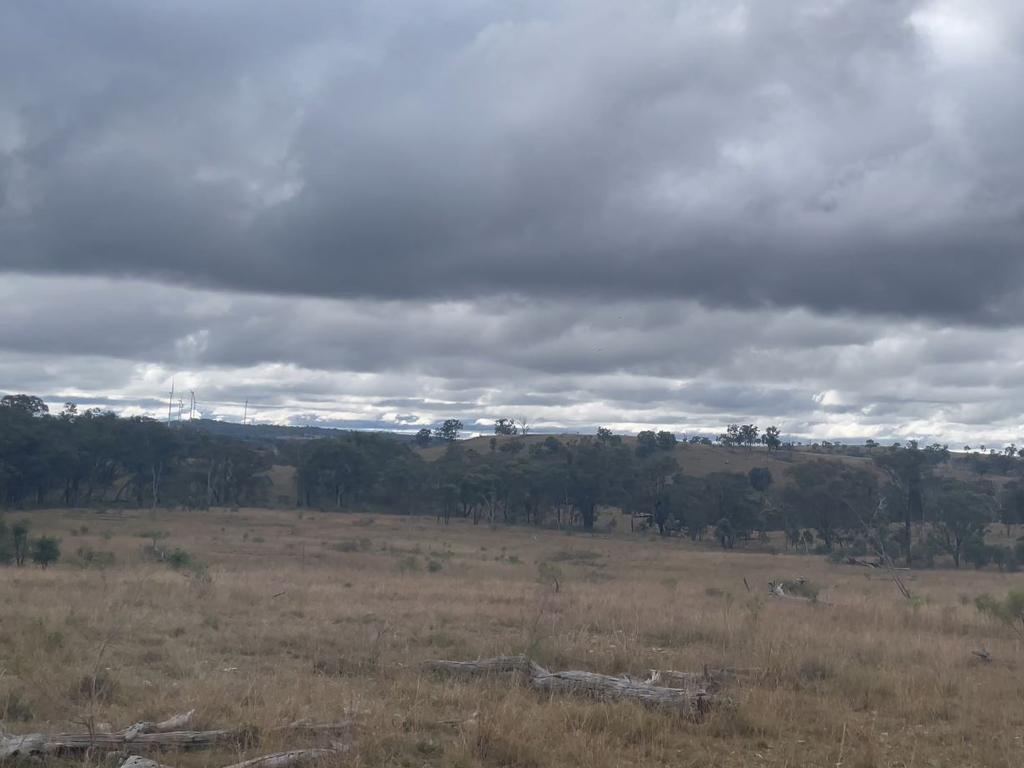Southern Qld sheep graziers say wind farm project is the drought buffer needed for future generations
While some members of a rural community are divided over a proposed renewable energy project, a group of sheep graziers say it’s a lifeline to a struggling wool industry.

Regional News
Don't miss out on the headlines from Regional News. Followed categories will be added to My News.
The wind farm debate hasn’t soured the mouths of a group of Queensland sheep graziers who are unwilling to let the struggling wool industry impact their legacy for future generations.
The Australian owned renewable energy company’s 200-turbine proposal also includes battery energy storage and is estimated to produce electricity to power around 647,000 homes and prevent 553,000 tonnes of annual emissions.
While many have their own conflicting reasons for rejecting the proposal, Goldfields landowner Gordon Smith and several of his neighbours have welcomed the idea.
A section of his property overlooks the south-eastern end of the Macintyre Wind Farm, a mere five kilometres away with dozens of turbines already in plain view.

The more than 3000ha Goldfields property is home to predominantly sheep grazing, an industry that’s continued to fluctuate and add financial strain on farmers for years.
“At the moment we stand to benefit from a few turbines on our property if the (Pikedale project) goes through,” he said.
Gordon said the additional income from hosting wind turbines on his property would help ease the pressure felt by those struggling in the wool industry and allow his family to leave a legacy behind for future generations.
Southern Downs MP James Lister has previously said he would not support the Pikedale proposal unless the developers achieved genuine community acceptance and delivered long-term benefits.
Gordon’s neighbours, Clive and Margaret Smith, have also borne the brunt of devastating drought and the fluctuation in wool prices over decades.
“You’re lucky to have one good year in five,” Clive said.

Despite deepening the dam on his property, it has still managed to reach exceedingly low levels.
News Corp asked the federal member for Maranoa David Littleproud and Deputy Premier Jarrod Bleijie what they would say to struggling farmers who are in need of the extra income from wind turbines on their land.
Mr Littleproud said the Nationals were not against renewables, they however disagreed with Labor’s approach.
“Labor’s reckless race to an all-renewables approach has meant proper community consultation has not been undertaken of the broader community who are also impacted by these projects,” he said.

“You’re going to see these renewable energy projects continue across Queensland where they are wanted by communities, and so our laws, which will be passed in a few weeks time, give certainty for industry,” he said.
“For 10 years, communities would have been not consulted, where we’ve forced people to be consulted, and I don’t think people would whinge about being consulted on a huge project that’s happening in their backyard, just as is the case in South East Queensland.
“If you’re in South East Queensland and a project of this scale is built in your backyard, you get a say. In regional Queensland, you don’t, but you will now.”
For those who argue the proposed site would be better placed elsewhere in the region, both men agreed that trap rock country was most suited due to its incompatibility to grow fruits and vegetables.

The landholders also highlighted the economic impact the project would have on the community, given the major boost Warwick has received from the work generated by the Macintyre Wind Farm.
Squadron Energy held a number of community information sessions in Stanthorpe back in April, with a spokesman reiterating the project was still in the very early stages of development.
“Community consultation is a key focus of our development process. This is just the beginning of our engagement to seek extensive community input,” the spokesman said.
The spokesman said the community information sessions were just the beginning of their ongoing engagement process, which would see them continue to work collaboratively with the community to understand and mitigate impacts and identify mutually beneficial opportunities.
“To date, we have been carrying out early engagement with host landowners, contacting neighbours and other stakeholders, in addition to constraint assessment and some initial survey work in the area to further understand the area’s biodiversity, as well as the available wind resource,” they said.
More Coverage
Originally published as Southern Qld sheep graziers say wind farm project is the drought buffer needed for future generations








